ZBUDUJ Z NAMI STUDNIĘ W KENII :) / WELL FOR KENIA
ZBUDUJ Z NAMI STUDNIĘ W KENII :) / WELL FOR KENIA
Nasi użytkownicy założyli 1 278 696 zrzutek i zebrali 1 496 437 295 zł
A ty na co dziś zbierasz?
Opis zrzutki
Zapewne trudno Ci sobie wyobrazić, że są jeszcze takie miejsca na ziemi, gdzie nie ma dostępu do czystej wody, gdzie woda zdatna do picia jest luksusem tak drogim, że tylko niewielu na nią stać… Gdzie mali i duzi piją słoną wodę, by oszukać pragnienie, gdzie zanieczyszczona woda z bajora z wylęgarnią zarazków jest przyczyną wielu chorób, a czasem prowadzi do śmierci. Nazywam się Małgorzata Chamuczyńska i za cel postawiłam sobie tę sytuację ZMIENIĆ!
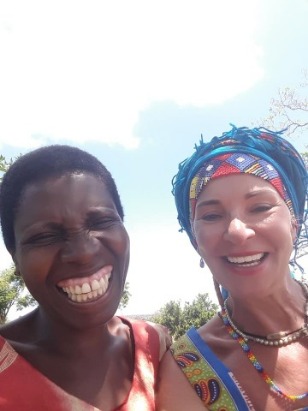
Zbiórka pieniędzy na studnię, to dla mnie ogromne wyzwanie i niezwykła podróż. Podróż po świecie ludzi takich jak TY, dzięki którym możliwe jest podarowanie innym tego, co niezbędne do życia…CZYSTEJ WODY!
Jestem kobietą ciekawą świata i ludzi. Mam dwoje dorosłych dzieci – Damiana i Sybillę, którzy wspierają mnie w tej zbiórce. Lubię podróżować i poznawać inne kultury. Tak trafiłam do Kenii w Afryce. Zafascynowana prostotą żyjących tam ludzi, ich połączeniem z naturą, jak również zatroskana ich problemami, z którymi się borykają na co dzień, odwiedziłam ten kraj już kilka razy.
Byłam w Nairobi, Lamu, Malindi, Mombasie. Wybrałam się do Kenii również z Anią, która od wielu już lat pomaga dzieciom w jednej ze szkół w Malindi. Więcej o Ani i jej działaniach w Kenii znajdziesz na www.facebook.com/Pomagam-szkole-dzieciom-w-Kenii-411105599394574
Dzięki zebranym pieniądzom w szkole udało się bardzo dużo zrobić. Pomalowałyśmy ławki, wyposażyłyśmy dzieci w ołówki, kredki, farby, plecaki, a odzież rozdawałyśmy również w Slumsach.
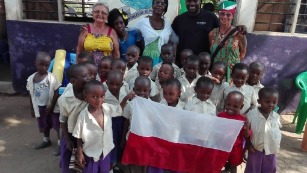
Przywożąc dużo przyborów plastycznych, te dzieci mogły zacząć kreować i tworzyć jak ich rówieśnicy w Polsce.
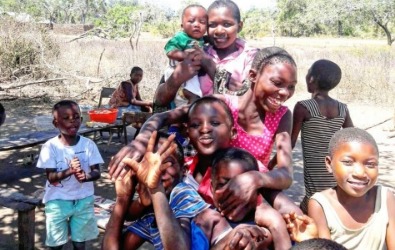
Mimo trudnej sytuacji Kenijczycy są bardzo pozytywni i radośni.
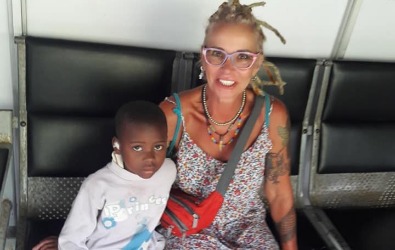
Czekam na wizytę z Peris, która ma chore uszy i grozi jej głuchota, a rodziców nie stać na leczenie. W szpitalu najpierw trzeba kupić zeszyt, z zeszytem do rejestracji, z rejestracji do pielęgniarki, później do następnej rejestracji, następnie lekarz, a przy jednym biurku kilku lekarzy i kilku pacjentów naraz każdy rozmawia z każdym-jest wesoło;)
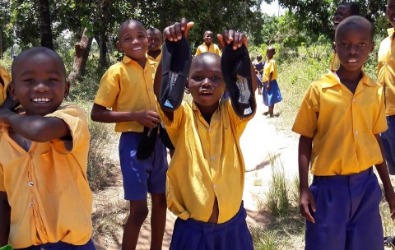
Dzieci chwalą się nowymi butami, które dostają dwa razy w roku w szkole państwowej od rządu.w szkole jest mnóstwo pcheł więc robią dezynfekcję. Dzieci nowe kryte buty żeby pchły nie gryzly w stopy.
Wędrując po Malindi i odwiedzając okoliczne wioski poznawałam mieszkańców i ich życie. Zauważyłam, jak dużym problemem dla tych ludzi jest dostęp do wody zdatnej do picia. Pomysł budowy studni potrzebował trochę czasu, by we mnie dojrzeć i zaprowadzić mnie do miejsca, w którym jestem! Dziś już mam przekonanie, że się uda!
Ostatnio, kiedy byłam w Malindi zaczęłam szukać wioski, w której taka pomoc jest niezbędna i nagląca. Odwiedziłam kilka miejsc i uważam, że uzasadniona była budowa studni w wiosce oddalonej o 15km od Malindi - Mshongoleni Ganda Ward . Mogłoby z niej korzystać 300 osób! Ludność wsi jest biedna utrzymuje się z uprawy ziemi. Sadzi kukurydzę, fasolę. Wieś nie ma dostępu do czystej wody. W czasie pory deszczowej ludzie kopią doły, z których czerpią wodę i wykorzystują ją do przygotowania posiłków i celów higienicznych. Korzystanie z tej wody, która jest wylęgarnią zarazków i pasożytów powoduje choroby tj. biegunki – tutaj zwaną Kenya express, choroby skóry, i krwiomocz. Chorzy nie udają się do lekarza, bo nie mają na to pieniędzy. Słabsze organizmy dzieci czasem nie radzą sobie z chorobą i dzieci umierają :(
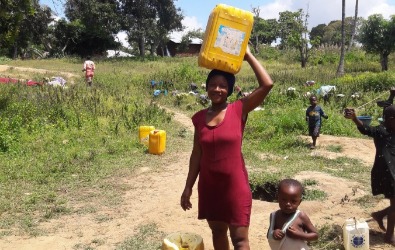
Noszenie wody to ogromny wysiłek. Głownie zajmują się tym kobiety, jednocześnie robiąc często pranie przy źródłach.
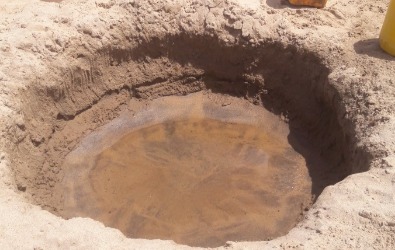
Z takich miejsc czerpią wodę do picia mieszkańcy wioski Mshongoleni Ganda Ward.
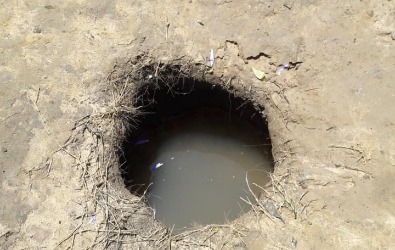
Z takich miejsc czerpią wodę też do picia mieszkańcy wioski Mshongoleni Ganda Ward.
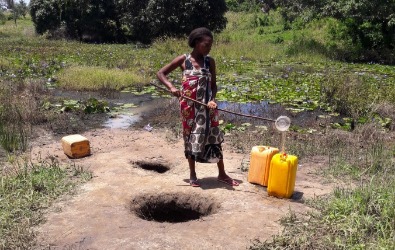
Miejsce poboru wody w czasie pory deszczowej.
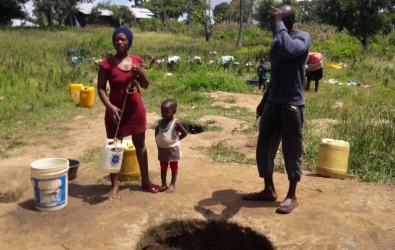
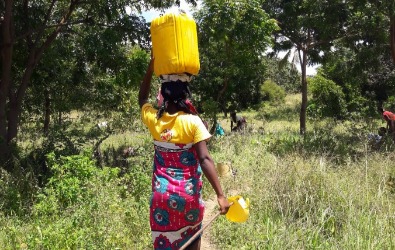
W czasie pory deszczowej w wiosce tworzą się rozlewiska, więc potrzebna byłaby też irygacja pól, co pozwoliłoby żyjącym tam ludziom na ich uprawianie i pozyskanie środków pieniężnych potrzebnych do życia.
W Kenii 46 % (UNICEF 05.05.2018) ludności żyje poniżej progu ubóstwa i mieszkańcy tej wsi należą do tej grupy. Ludzie tutaj bardzo często muszą przeżyć za 1 dolara dziennie, a to równowartość 2 kg mąki na ugali podstawowego wyżywienia Kenijczyków. Dla porównania - za 5000 kg mąki na ugali można wyżywić 13 rodzin przez rok! Koszt nauki dziecka w szkole to 120$ rocznie, a więc koszt budowy studni to rok nauki dla 20 dzieci! Pokazuje to, jak abstrakcyjna i nieosiągalna jest to kwota dla mieszkańców wsi.
ORIENTACYJNY KOSZT całego przedsięwzięcia to około 3200$ w kwocie tej zawiera się wykonanie całej studni oraz oczyszczanie studni i jej konserwacja jej przez 3 lata. Jeśli zbierzemy więcej funduszy, chcielibyśmy zrobić też tak niezbędną irygację pobliskich pól.
Na miescu są firmy, które mogą zająć się wykonaniem takiej studni oraz konserwacją. Potrzebne są tylko pieniądze. Z tej studni będzie mogło korzystać ponad 300 osób!
TUTAJ ZBUDUJEMY STUDNIE!
BUDUJĄC STUDNIĘ PODARUJEMY LUDZIOM:
Bezpłatny dostęp do czystej wody!
Poprawę zdrowia!
Poprawę sytuacji sanitarnej!
Możliwość uprawy roślin
w różnych porach roku!
Likwidację problemu głodu!
Budując studnię razem ODMIENIMY ŻYCIE dzieci i dorosłych w wiosce.
DORZUĆ KROPELKĘ!!! :)
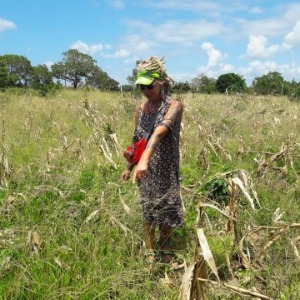
English below:
It is difficult to imagine, that there are still places on Earth, where the access to clean, drinkable water is considered a luxury product, so expensive that only the elite can get it… Places where children and their parents drink only salt water to fool their thirst; Places where contaminated water from provisional holes is full of dangerous bacteria, which kill hundreds of children and adults every month. My name is Malgorzata Chamuczynska and I made a promise to myself to change this situation.

I have pledged to raise money to build a well. This is an extremely challenging but rewarding journey for me. This journey is also for people like you, open and grateful for what we have and where we are. This journey is for those of you who believe that clean water should be available for all of us; not only for some of us.
I am a proud woman with an insatiable appetite for greater knowledge of our amazing world. I am also a mother of two, now adult, children – Damian and Sybilla who wholeheartedly support me in this initiative. I have a passion for getting to know new people from various cultures, and this was my main inspiration for my first travel to Africa. I fell in love more than 15 years ago with the simplicity of the life, openness of the people and connection with nature. I also, sadly feel so powerless about the trials and tribulations these people must endure. Trials which are near non-existent for those of us in Europe but so significant for the people in small Africans villages.
1
Over the last few years I have been lucky enough to have visited Nairobi, Lama, Malindi and Mombasa. I have also visited Kenya with my good friend Ania, who is a support teacher for one of the Malindi schools. You can find out more about Ania and her activities on: (Where can we find out?)
Thanks to the funding we raised for the school we were able to undertake much in the way of school improvement: we painted desks and sets at school, we bought basic school equipment as well as small equipment for all pupils (pencils, paints, colour pencils) from school as well as outside living in the slums.
2
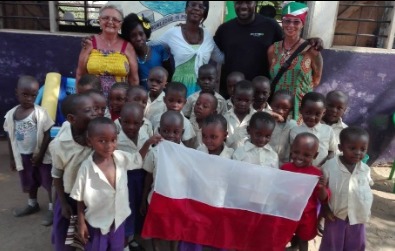
All the children came from poorest part of Malindi where the school was located. We are very grateful for help of Riadha Abdalla, without whom lots of small and large tasks would have been impossible
2
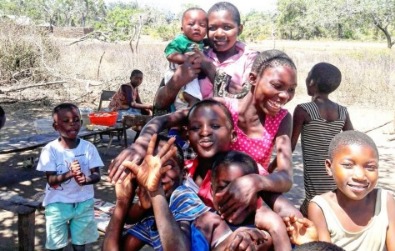
Despite the difficult situation, the Kenyans are very positive and joyful.
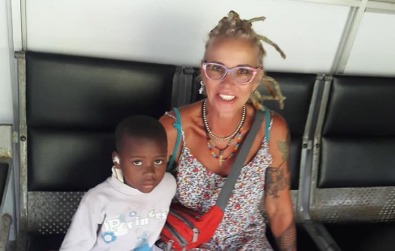
The health system is less than ideal in Kenya. In the photo we are waiting with Peris; a young girl waiting to see the doctor about her infected ears. The procedure is not simple, and starts with buying a note pad, so a lack of money is the first problem here as well. With this note pad you go to the registration desk to see the nurse, after which, you go to another registration desk to see the doctors. I say ‘doctors’ because at one desk in one ‘room’ there are multiple doctors who will all deal with all patients at the same time – that is how you make friends in hospital J
4
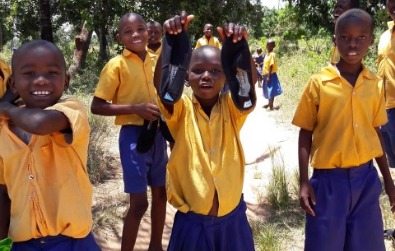
Children boast with new shoes that get twice a year in a state school from the government. There are plenty of fleas in the school, so they do disinfection. Children's new indoor shoes that the fleas do not bite their feet.
Walking through Malindi, I visited surrounding villages, met the local community’s and began to understand the real problems facing these amazing people. Drinking water was always the number one problem, directly relating to health, hygiene and food security as most of these villages are a base of agricultural existence, and as such if there is no water, there will be no crops, and ultimately no food to survive. The idea to organise and build a well for them matured and grew inside me for the last few years. It was a journey not only for me but for all the friends I made through my visits in the Malindi region. Today I know that we will be successful in our project and I will help to build at least one well and hopefully many more.
So, the project began and the first task was to identify the region and villages were in the direst need of the well. In my September trip to Malindi I visited several villages and chose one which appeared to struggle the most (although I know they all deserve clean water but I need to start somewhere). The village I chose is called
Mshongoleni Ganda Ward
(approximately 15 km from Malindi). The well in that village can be used by over 300 people, mainly farmers living purely on the corn and beans they grow themselves. This village did not have access to clean drinking water. In the rainy season they dug out a hole used to collect water, used for cooking and cleaning, as well as hygiene purposes. Using this of water, full of bacteria, parasites and many other means of contamination is incredibly dangerous for animals let alone humans. The most common health problems nearly every villager goes through is Tropical sprue – in Kenya also known as Kenya express, skin infections and haematuria. Most people suffering never receive hospital treatment, because they do not have enough money for treatment, or even a visit. The weaker among the population, most often children, who cannot fight long term illness die, which is incredibly sad, and we, as people should never allow any one to die from something so simple as not having access to clean water.
8
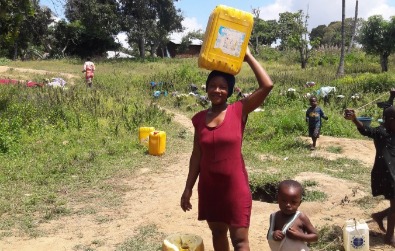
The traditional way to transport water – on the head.
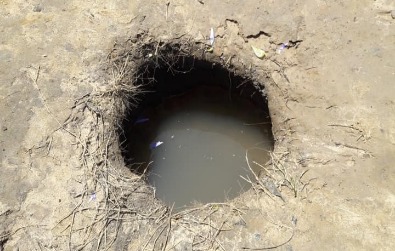
The HOLE, place of collecting ‘drinking’ water in rainy season. Just stop for a second and take a look at the quality of that water. Would you drink that?
1
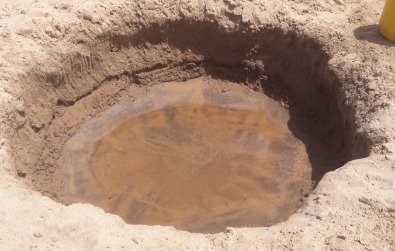
Drinking water from Mshongoleni Ganda Ward village is also drinking water from such places.
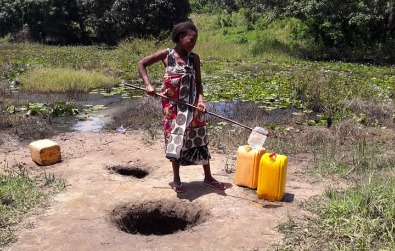
The place of water intake during the rainy season.
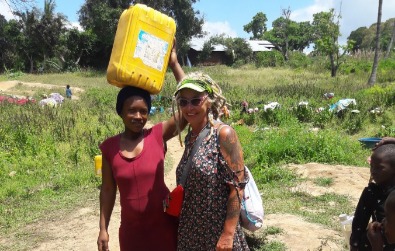
Twoje zdjęcie jest bardzo ciekawe. Co przedstawia?
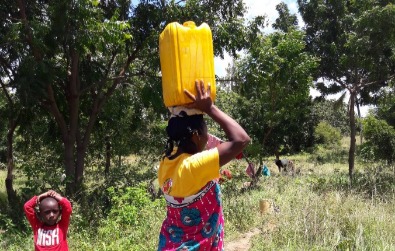
Twoje zdjęcie jest bardzo ciekawe. Co przedstawia?
During the rainy season, the village creates backwaters, so irrigation of fields would be needed, which would allow the people living there to grow crops and obtain the money needed for living.
In Kenya, 46% (UNICEF 05/05/2018) of the population live below the poverty line and the inhabitants of this village belong to this group. People here very often have to survive on 1 dollar a day, and that's the equivalent of 2 kg of flour per ugalia of basic Kenyan food.
For comparison - for 5000 kg of flour on ugali you can feed 13 families for a year! The cost of studying for a child at school is $ 120 a year, so the costs of building a well are comparable to a year of education for 20 children! It shows how extensive and unreachable the amount actually is for the inhabitants of the village
The approximate cost of the project is about $ 3200. To get access to clean water, the well must be 40 m deep and be cleaned every six months. There are companies that build such wells - only money is needed ;)
NDICATIVE COST of the whole project is about 3200 $ (12 000 Polish Złoty) in this amount includes the execution of the entire well, cleaning the well and its maintenance for three years. If we collect more funds, we would like to do the necessary irrigation of nearby fields.
There are companies that build such wells - only money is needed ;)
Please hellp us collect money :)
Money conversion example:
10 EUR = 44 PLN
50 EUR = 215 PLN
100 EUR = 440 PLN
3
3
2
1
1
Location where, in few months we will drill the well
The Well is everything:
Free access to drinkable water!
Free clean water means a healthier community.
Free water means better sanitation
Free water = fields irrigated, more food for the most needy, in every season.
To get access to clean water, the well must be 40 m deep and be cleaned every six months. There are companies that build such wells - only money is needed ;)
By building a well together, WE CHANGE THE LIFE of children and adults in the village!
Give us your drop and be part of water community. Something which is taken for granted for you is not that even possible for them. Do not take water for granted.
Help US.
6
7
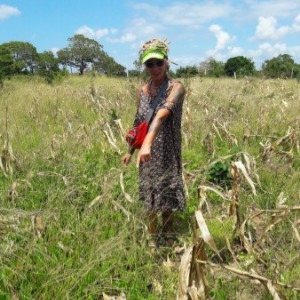

Ta zrzutka nie ma jeszcze opisu.
Stwórz swój własny link do promocji zrzutki i sprawdzaj ile osób odwiedziło i wsparło tę zrzutkę z twojego polecenia! Dowiedz się więcej.
Stwórz swój własny link do promocji zrzutki i sprawdzaj ile osób odwiedziło i wsparło tę zrzutkę z twojego polecenia! Dowiedz się więcej.
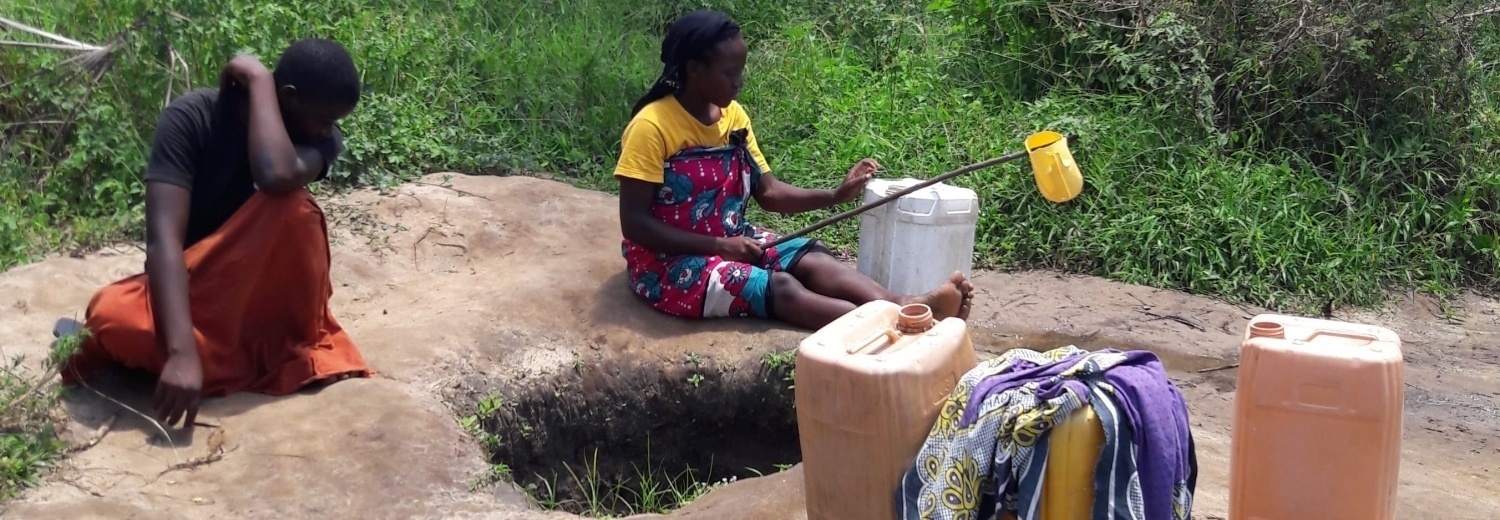




dobrość :-)
pozdrowienia od NAszych dziewczyn! Dobra Robota!
Przykro mi.ze u mnie w toalecie spukuje woda do picia i duzo ludzi nie ma co pic...
Powodzenia w spanialym projekcie :)
Dziekuje Wam.ze moge byc tego cząstką :)
Powodzenia!
Good luck ????